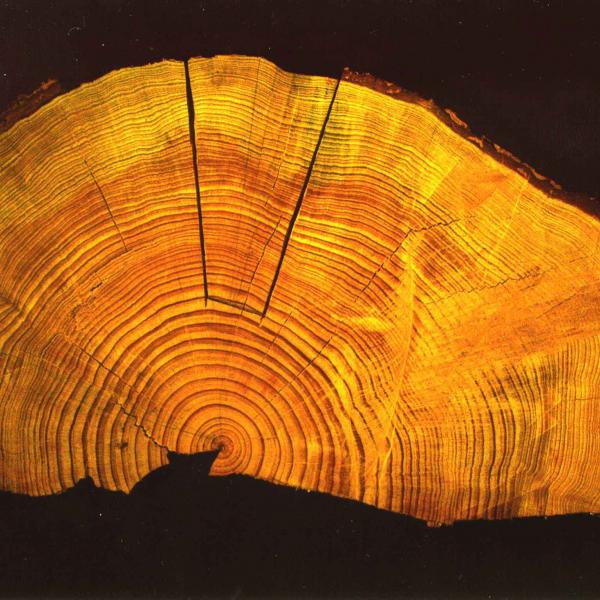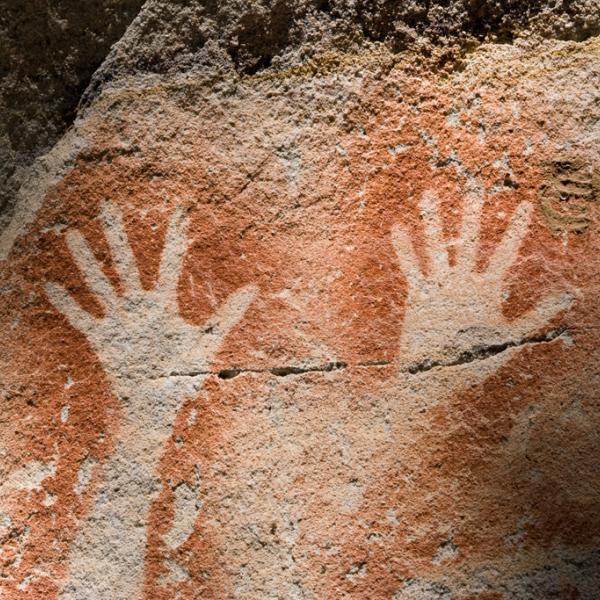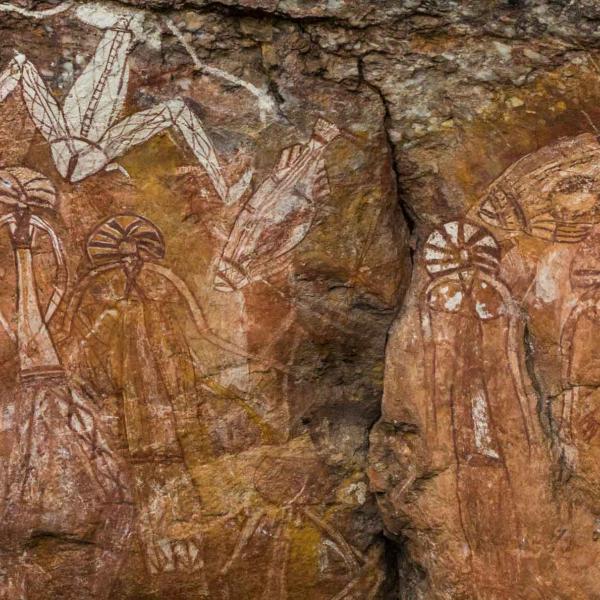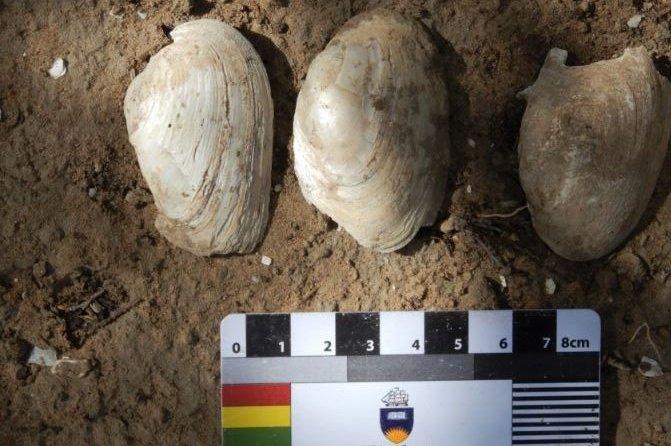
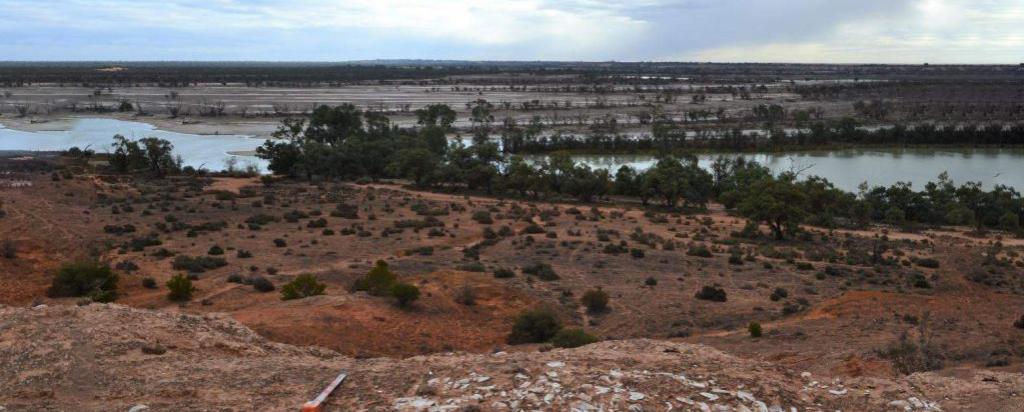
Published on the 15th July 2020 by ANSTO Staff
Key Points
-
Recent archaeological evidence led by Flinders University in collaboration with the River Murray and Mallee Aboriginal Corporation supports the Aboriginal occupation of the Riverland area in South Australia for 29,000 years
-
Research is part of a larger effort to understand how Aboriginal people adapted to climate change over millennia
-
Radiocarbon dating at ANSTO using accelerator mass spectrometry was used to acquire the ages of mussell shells from middens
Radiocarbon dating at ANSTO has supported research that vastly extends the known timeline of the Aboriginal occupation of South Australia’s Riverland region, as reported in new research led by Flinders University in collaboration with the River Murray and Mallee Aboriginal Corporation (RMMAC).
In the first comprehensive survey of the area, one of the oldest Indigenous sites along the River Murray in South Austalia was discovered.
The study, published today in Australian Archaeology, used radiocarbon dating methods to analyse river mussel shells from midden sites overlooking the Pike River floodplain downstream of Renmark.
The shells – remnants of meals eaten long ago – capture a record of Aboriginal occupation that extends to around 29,000 years, confirming the location as one of the oldest sites along the 2500km river to become the oldest River Murray Indigenous site in South Australia.

“We have been collaborating with A/Prof Amy Roberts at Flinders University for a number of years; it is exciting to be involved in this project which is looking at the occupational history of Aboriginal people in this area and how they adapted to the changing climate over this time. Freshwater mussel shells were radiocarbon dated because the shells contain carbon in the form of calcium carbonate, this carbon can be extracted and dated using accelerator mass spectrometry,” said Dr Geraldine Jacobsen, Leader, Centre for Accelerator Science.
Half of the shells were dated at ANSTO and the other half at the radiocarbon facility at Waikato University, NZ.
In a media statement Flinders University archaeologist and PhD candidate Craig Westell said, “These results include the first pre-Last Glacial Maximum ages returned on the River Murray in South Australia and extend the known Aboriginal occupation of the Riverland by approximately 22,000 years.”
Other dates returned from additional Aboriginal sites in the region relate Aboriginal people to an ever-changing river landscape, and provide deeper insights into how Aboriginal people responded to these changes.
The period represented by the radiocarbon results brackets the Last Glacial Maximum when climatic conditions were colder and drier, and when the arid zone extended over much of the Murray-Darling Basin. The river and lake systems of the basin were under stress during this time.
In the Riverland, dunes were advancing into the Murray floodplains, river flows were unpredictable, and salt was accumulating in the valley.
The ecological impacts witnessed during one of the worst droughts on record, the so-called Millennium Drought (from late 1996 extending to mid-2010) provides an idea of the challenges Aboriginal people may have faced along the river during the Last Glacial Maximum, and other periods of climate stress, researchers concluded
“These studies show how our ancestors have lived over many thousands of years in the Riverland region and how they managed to survive during times of hardship and plenty,” says RMMAC spokesperson Fiona Giles.
“This new research, published in Australian Archaeology, fills in a significant geographic gap in our understanding of the Aboriginal occupation chronologies for the Murray-Darling Basin,” adds co-author Associate Professor Amy Roberts.
DOI: https://doi.org/10.1080/03122417.2020.1787928
Source: Flinders University media information

